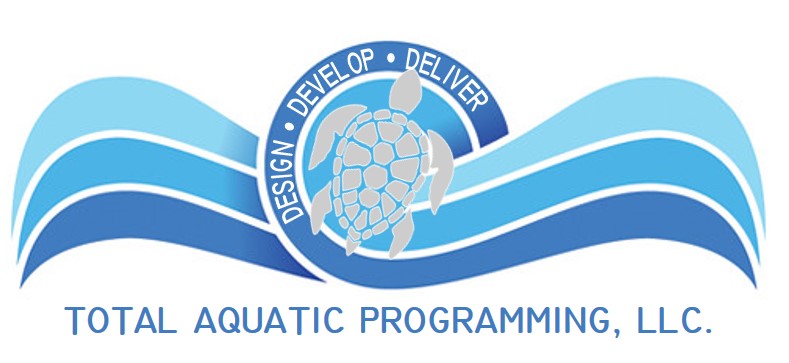Water safety is crucial for everyone but becomes even more critical for children with disabilities. Ensuring safe and inclusive aquatic experiences for these children requires carefully rethinking and adapting standard water safety practices. Fortunately, strategies, tools, and procedures are available to ensure that children of all abilities can safely enjoy water-related activities.
Understanding the Risks
According to a report by the Centers for Disease Control and Prevention (CDC), drowning is the leading cause of injury death for young children one to fourteen. For children with disabilities, the risk is even more significant due to factors like limited mobility, communication challenges, cognitive issues, and decreased muscle strength. For example, the risk is more than double for children with a dual diagnosis of Down syndrome and autism.
The Importance of a Customized Approach
Every child with a disability has unique needs. Some may have physical disabilities that limit their mobility, while others might have intellectual disabilities that affect their understanding and response to danger. Therefore, a customized approach is crucial to address each child’s specific needs and limitations.
Adaptive Swimming Lessons
Swimming lessons are an integral part of water safety. Organizations like the YMCA and American Red Cross offer adaptive swimming lessons for children with disabilities.
Swimming instructors trained in adaptive techniques can provide personalized lessons to match a child’s abilities and needs. For example, they might use tactile instruction for children with visual impairments or visual cues for children with hearing impairments.
Water Safety Tools
Many tools are available to help children with disabilities.
Adaptive Swimwear
Adaptive swimwear, designed for comfort, mobility, and safety, can help children with disabilities feel more secure in the water. Features may include additional buoyancy, quick-drying materials, and easy-to-use fasteners.
Personal Flotation Devices
Personal flotation devices (PFDs), like life jackets, are indispensable tools for water safety. Many PFDs are specifically designed for individuals with disabilities, including those that offer additional neck support, adjustable straps, and easy-to-grab handles. Always ensure the PFD fits correctly and is appropriate for your child’s weight and size.
Pool Lifts and Ramps
Pool lifts and ramps can facilitate safe entry and exit from the water for children with physical disabilities. Consider installing these in your home pool or seek out public pools with these features.
Alarms
Pool alarms can alert adults if a child falls into the water. Door alarms can notify adults when a child approaches a pool or body of water.
Water-Resistant Communication Devices
For non-verbal children or those with speech impairments, these devices can help them communicate distress or other needs.
Adapted Water Safety Measures
A few key water safety adaptations for children with disabilities include:
Supervision
Constant, focused adult supervision is recommended to keep all children safe in and around water. However, adults supervising children with disabilities should be educated about the child’s specific limitations and the possible associated risks.
Communication
Using clear, simple, and repeated instructions benefits all children, especially those with cognitive or hearing disabilities. Visual aids are an excellent way to enhance communication.
Emergency Response Plan
Ensure that everyone involved in your child’s care understands how to respond in a water-related emergency. The plan should include administering CPR, using emergency contact numbers, and understanding the signs of drowning.
Special Considerations for Specific Disabilities
Every child is unique, and so is every disability. Here are a few specific considerations for various disabilities:
Physical Disabilities
If your child has mobility issues, consider swim aids that offer more buoyancy, or look for accessible pool designs with ramps or lifts.
Sensory Processing Issues
Children with sensory issues may be overwhelmed by large, noisy pools. Consider quieter times for swimming lessons, or try water-resistant noise-canceling headphones.
Autism Spectrum Disorder
Many children with autism spectrum disorder (ASD) are drawn to water but may not understand the dangers. Regularly reinforce safety rules, and consider additional safety measures at home, like alarms on doors leading to pools.
Training Programs and Resources
Numerous organizations provide adaptive swimming and water safety programs for children with disabilities. Programs offered by Adaptive Aquatics, USA Swimming’s Adapted Swimming, and Special Olympics focus on teaching basic water safety skills, enhancing comfort in the water, and providing a safe environment for children with disabilities to enjoy aquatic activities.
Local community resources can provide additional support and guidance on adapting water safety practices. Contact local disability organizations and support groups, swimming instructors, and therapists for specific advice about your child’s disability.
Working Together to Prevent Drowning
With the right practices and resources, children with disabilities can safely enjoy water activities. It’s always better to be overly cautious about water safety. Stay informed, stay prepared, and stay vigilant.
Together, we can end drowning and save lives and heartache! Take our Water Safety Challenge to measure your family’s water safety competence, and help us provide water safety outreach to schools and community groups to keep all kids safe.



